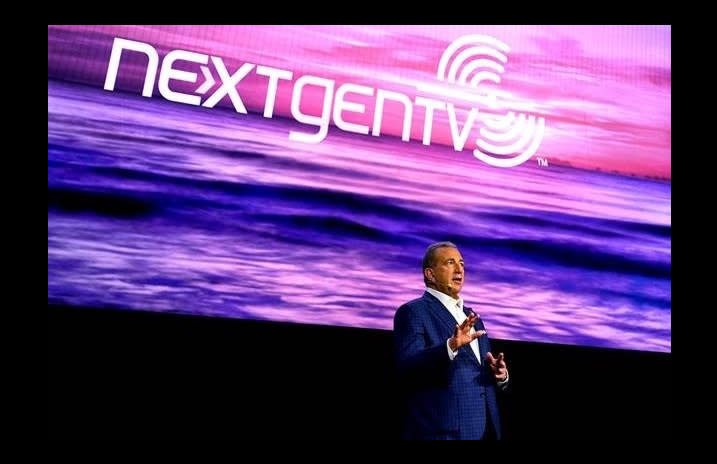LG Stops Integrating ATSC 3.0 Tuners Into Smart TVs After Losing Patent Dispute, Samsung and Sony Could Follow

LG Electronics, which made a splash at CES 2020 by becoming one of the first TV makers to integrate ATSC 3.0 tuners into its sets, has said it will stop including the technology in future OLED sets due to patent considerations.
In July, a federal jury ruled that the Korean electronics maker must pay Constellation Designs $1.68 million in damages associated with infringing on the Maryland-based tech company’s ATSC 3.0 patents.
Going forward, LG said the required royalty payment to Constellation would drive up the cost for including a ATSC 3.0 tuner in each set from $3 to $6.75.
“This challenging and uncertain patent landscape has forced LG to make the difficult decision to suspend the inclusion of ATSC 3.0-compatibility in its 2024 television lineup for the United States,” LG said in a letter sent Sept. 15 to the Federal Communications Commission. “This decision was not made lightly, because LG has been a vocal ATSC 3.0 advocate, a strong supporter of local broadcasters and a leading developer of television products with the latest NextGen TV technologies.”
LG’s comments on the FCC notice of proposed rulemaking identified companies like Constellation Designs that are not participating in the main patent pools for ATSC 3.0 technology. As such, LG said, these companies are not committed to licensing their IP on “reasonable and nondiscriminatory” (RAND) terms.
LG left the door open to reintegrating ATSC 3.0 capabilities into its sets in the future, should the patent landscape change.
Meanwhile, our sibling publication TechRadar wondered if other TV makers, including Samsung and Sony, might soon end up dropping ATSC 3.0 tuners from their products as well.
ATSC 3.0 (or “NextGen TV,” as it is often marketed) is an IP-based broadcast standard with all sorts of streaming-like potential, advanced advertising included.
But the practice of streaming video over the internet continues to proliferate as hurdles keep emerging for ATSC 3.0, preventing it from becoming a more widely used standard for consuming video entertainment.

